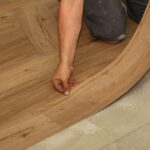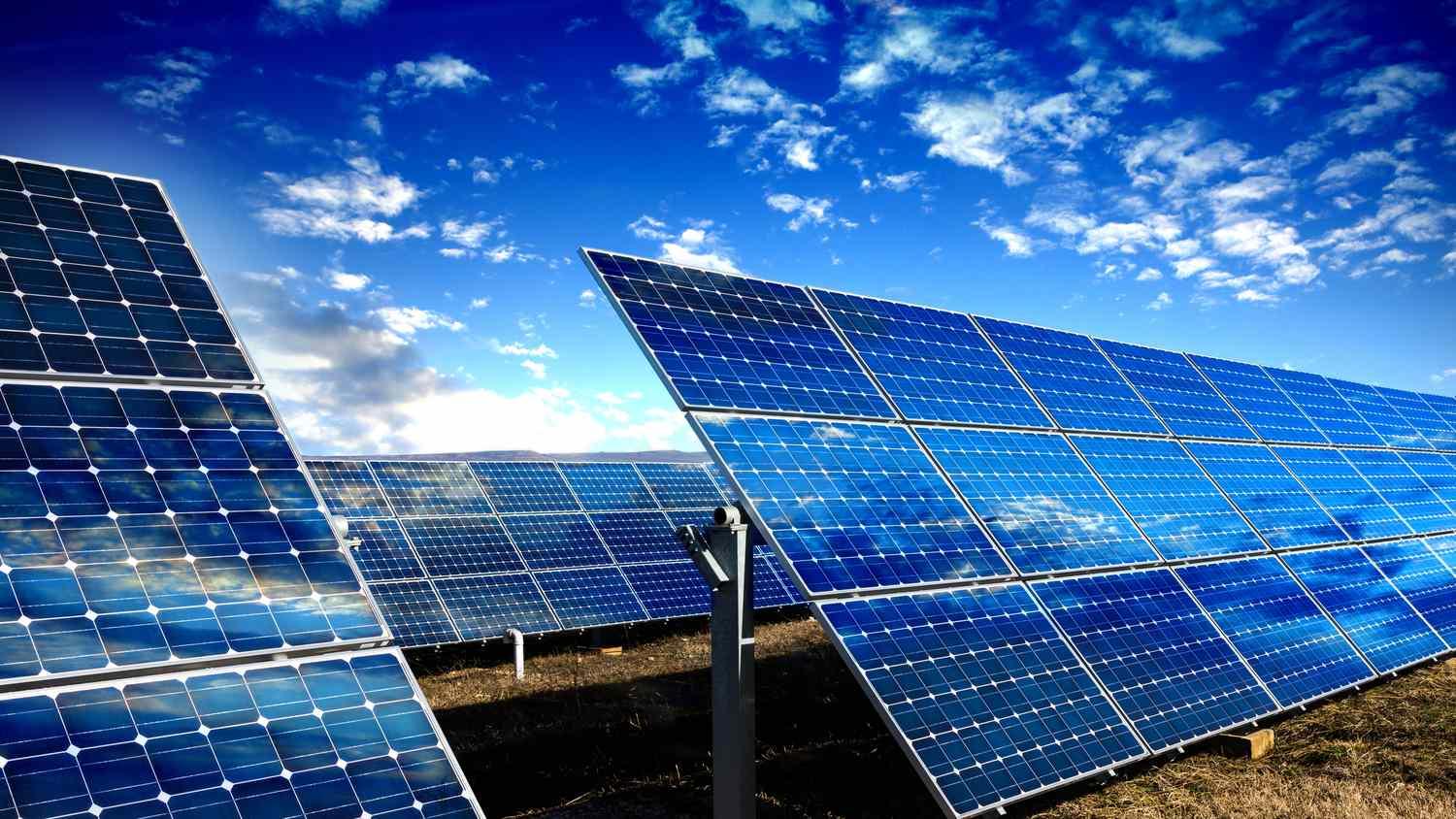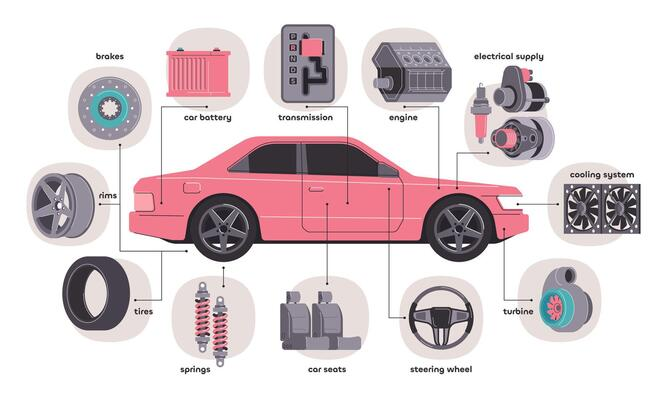Much like an architect drafting plans for a sturdy structure, you’ll need a solid foundation to install EPDM rubber roofing on flat roofs effectively. This guide will walk you through essential steps, from preparation to maintenance, ensuring your roofing lasts for years to come. Before you jump into the process, understanding the necessary tools and common pitfalls could save you time and money. Ready to explore how to secure a weather-resistant solution for your home? Let’s get started.
Understanding EPDM Rubber Roofing
EPDM rubber roofing is a popular choice for flat and low-slope roofs, and for good reason. It’s a highly durable, synthetic rubber material that offers excellent resistance to UV rays, wind, and hail. This makes it an ideal option for various climates, protecting your roof from premature degradation.
You’ll find that it’s lightweight, making installation easier and often quicker than traditional roofing options.
One of the standout features of EPDM is its flexibility. It can expand and contract with temperature changes, which helps maintain its integrity over time. Moreover, it’s available in both black and white options, allowing you to choose based on your building’s energy efficiency needs.
While black EPDM absorbs heat, white EPDM reflects solar energy, which can drastically reduce cooling costs in warmer climates.
Another advantage is its ease of maintenance. Regular inspections and proper drainage solutions can help prevent issues like ponding water, ensuring that your roof lasts as long as possible.
Required Tools and Materials
Before diving into the installation process, make sure you’ve gathered all the essential tools and materials. Having everything on hand will streamline your work and help you avoid unnecessary interruptions.
First, you’ll need a utility knife for cutting the EPDM membrane and other materials. A tape measure is crucial for precise measurements, so get one that’s at least 25 feet long. You’ll also want a caulking gun for applying adhesive; a pneumatic one can make this task quicker and easier.
Next, stock up on materials like the EPDM rubber roofing roof membrane itself, adhesive specific to EPDM, and seam tape for securing overlaps. Don’t forget primer for the substrate, as well as flashing and drainage materials to manage water flow.
Safety gear is equally important, so grab gloves, safety goggles, and a hard hat.
Finally, a roller or brush can help you spread the adhesive evenly. Having these tools and materials ready will set you up for a successful installation, making the entire process smoother and more efficient.
With everything prepared, you’ll be one step closer to achieving a durable flat roof.
Step-by-Step Installation Process
Now that you’ve gathered all the necessary tools and materials, it’s time to kick off the step-by-step installation process for your EPDM rubber roofing. Start by preparing the surface. Clean the roof thoroughly, removing debris, dirt, and any sharp objects that could damage the membrane.
Next, roll out the EPDM membrane over the roof, allowing it to relax and take its shape. Once in position, trim any excess membrane, leaving a few inches over the edge.
Now it’s time to adhere the membrane. If using adhesive, apply it evenly to both the substrate and the EPDM sheet. Use a roller to make sure it sticks well, removing any air bubbles.
Seal the edges and seams with appropriate tape or adhesive to ensure water-tightness. If your installation involves multiple sheets, properly overlap the edges as specified in the product guidelines.
Finally, install any flashings and ensure all transitions are secure.
Finish up by inspecting the roof carefully for any imperfections or loose areas. This attention to detail helps guarantee your EPDM roofing system performs well for years to come. With these steps, you’re well on your way to a successful installation!
Maintenance Tips for EPDM Roofing
Regular maintenance is key to extending the lifespan of your rubber roofing. Start by inspecting your roof at least twice a year, preferably in spring and fall. Look for any cracks, tears, or punctures, and address them promptly to prevent leaks. If you spot any damage, use a suitable EPDM repair kit to patch small areas, ensuring it adheres well.
Cleaning your roofing surface is also essential. Remove debris like leaves and branches, which can retain moisture and cause deterioration. Use a soft-bristle broom or a garden hose for light cleaning—avoid pressure washing, as it can damage the rubber.
It’s a good idea to check your roof’s drainage system too. Ensure gutters and drains are clear of obstructions to prevent water pooling.
You should also watch for excessive ponding, as this can lead to membrane failures.
Lastly, consider applying a UV protective coating if your roof is exposed to excessive sun. This can help reduce wear and tear.
Common Mistakes to Avoid
When installing EPDM rubber roofing, it’s crucial to steer clear of common mistakes that can compromise your roof’s performance. One major pitfall is neglecting proper surface preparation. Make sure to clean the roof thoroughly, removing any debris, dirt, and old roofing materials. Failing at this step can lead to poor adhesion.
You should also avoid skipping the use of a primer. Priming the surface ensures better bonding between the EPDM membrane and the substrate, enhancing durability.
Another mistake is misaligning seams during installation. Be precise when overlapping the sheets; incorrect alignment can cause leaks down the line.
Don’t forget to measure and cut accurately. Cutting too much material will lead to insufficient coverage and may require additional patches.
And when sealing the seams, ensure you’re using the right adhesive and following the manufacturer’s guidelines for curing times. Rushing this process can result in weak bonds.
Lastly, don’t undervalue the importance of proper drainage. Ensure your roof has adequate slopes and drains to prevent water pooling, which can damage the membrane.
Conclusion
By following this comprehensive guide, you’re well on your way to installing EPDM rubber roofing that will stand the test of time. But remember, it doesn’t end once you’ve laid the membrane—regular maintenance is key to avoiding unexpected leaks. Imagine waking up one morning, finding water damage, all because you missed a simple inspection. Don’t let that happen! Commit to keeping an eye on your roof, and it’ll reward you with protection for years to come.







